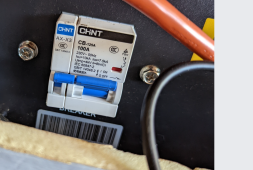I recently sent a private message to Will (Will Prowse) regarding Class-T fuses. Hey, why not go to the master, eh?
He asked me to post this question out in the open for all to see...and enjoy.
So here goes...
The question is not why to use a Class-T fuse, that is obvious, but why one Class-T for each inverter.
My understanding is the surge from the battery bank to the inverter(s) needs to be interrupted...hence the need for a Class-T.
So wouldn't a single Class-T handle that since it is between the battery bank and the inverter(s)?
The theory/concept/principle behind this is interesting to me. And, I want to make sure I am doing my up-grade correctly.
[ @Will Prowse ]
He asked me to post this question out in the open for all to see...and enjoy.
So here goes...
In all your dual-inverter system builds I notice a Class-T fuse for each inverter vs a single Class-T fuse right after the battery bank.
Can you explain the reasoning please?
Can you explain the reasoning please?
The question is not why to use a Class-T fuse, that is obvious, but why one Class-T for each inverter.
My understanding is the surge from the battery bank to the inverter(s) needs to be interrupted...hence the need for a Class-T.
So wouldn't a single Class-T handle that since it is between the battery bank and the inverter(s)?
The theory/concept/principle behind this is interesting to me. And, I want to make sure I am doing my up-grade correctly.
[ @Will Prowse ]





